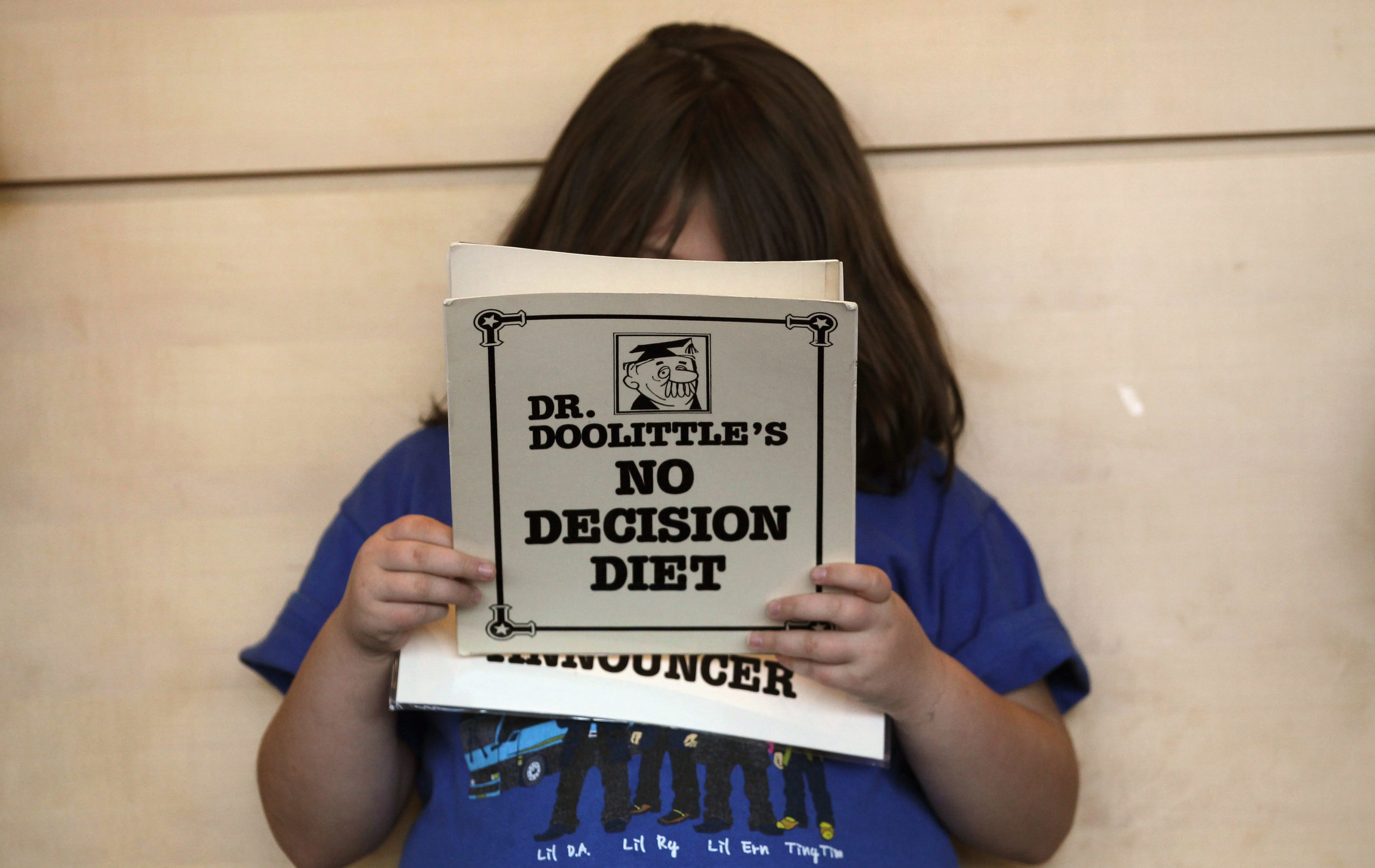There’s a Shot for That
If everything is a chronic disease, everything is curable with a shot, drug, or surgery.

David Hume famously argued that just because something is one way does not mean that it ought to be so. Today’s healthcare professional class, however, doesn’t seem to remember the empiricist, and has worked the equation the other way through. They have posited that what ought to be—if by nothing more than willpower—is. And if it’s not, then someone has been up to something.
We heard a lot about this in 2020. Black Americans, we were told, were disproportionately affected by the coronavirus. It was not just that by some unknown precondition or unfortunate coincidence more black Americans were falling ill and contracting more severe cases of the virus. This was true, yes, but—here was the ought—it should not have been. Indeed, if a given group was more susceptible to the illness, this was due to racism. An untainted nature would have been perfectly equitable.
Similarly, a new guidance from the American Academy of Pediatrics (AAP), released this week, recommends drugs and even surgery to treat obesity in children as young as 13 years. The AAP has determined that the risk of childhood obesity ought not to be as serious as the psychological risk presented in asking a child to go on a diet. A child should be able to treat his obesity the same way every other condition is treated today: with a drug. So surely he can.
The statistics as the AAP presents them are certainly troubling. Childhood obesity is increasing, and it does not remain in childhood. Data from the U.S. Centers for Disease Control and Prevention show obese children, defined as those with a body mass index above the 95th percentile, comprise 19.7 percent of all children aged 2 to 19 years in the United States.
In the past, most pediatricians would have recommended diet changes and exercise, and then wait for the child to reach adulthood before intervening in more serious ways. However, in the last several years, not only has the population of obese children grown, but it has also increased progressively by age cohort, suggesting that instead of kids growing out of childhood chub, adolescents are growing into it.
Escalating to surgery and pharmaceuticals to cure a lifestyle problem is still quite a jump. Those advocating this new treatment don’t see it that way, however. To the authors of the new guidance, and to their approving peers, the change also serves to do away with the stigma around obesity, and even the very notion that excessive fat is a result of a certain type of lifestyle, rather than of causes outside of a person’s control.
In its report on the subject, the Associated Press cited Dr. Sandra Hassink, medical director for the AAP Institute for Healthy Childhood Weight and co-author of the recommendations. Of the new treatment plans, the AP noted that Hassink said they “aim to reset the inaccurate view of obesity as ‘a personal problem, maybe a failure of the person’s diligence.’” Likewise, Aaron Kelly, co-director of the Center for Pediatric Obesity Medicine at the University of Minnesota, comments that, “Obesity is not a lifestyle problem. It is not a lifestyle disease,” he said. “It predominantly emerges from biological factors.” (Yes, like eating junk.)
Childhood obesity is a failure of duty at multiple levels. It starts at the root, with the parent who fails to teach his child self-discipline, both in eating well and strengthening his body through exercise. Parents themselves often set a bad example, either by indulging their own childish appetites or by feeding children “kids food,” designed to feed the lowest common denominator of taste. They hope, and even assume, someone will eventually do the corrective work necessary, whether the child himself or another in authority over him, and so pass the buck to the physician.
Subscribe Today
Get daily emails in your inbox
Likewise, the pediatrician neglects his duty to help the child, prescribing easy fixes that comfort his and his parents’ feelings, but do not lead to health. The doctor prescribes low-fat foods because this is what he has been told to prescribe, not because he has noticed any real difference in the patients who swap a sugar-filled yogurt mix for McDonald’s fries. And when the obesity does not go away, the pediatrician can pass the buck to the AAP, which pulls out the knife.
The backlash to the eating disorders of the early 2000s has brought us to a different kind of disordered eating. Fat is beautiful, we are told, bodies take up space, and to deny pleasure is to deny oneself. To reenforce this, obese celebrities like Lizzo are called role models for young girls, and “body positivity” is taught from a very young age as a counterbalance to the 40 to 60 percent of elementary school girls who fear being overweight—it seems with good reason. Whether this is in fact healthier no longer matters, since we have determined that it ought to be.
Underlying this all is a chronic belief in medicine’s ability to save us from ourselves. So long as a problem can be called a disease, and there are enough research dollars to throw at it, we feel that we have solved it. So long as we can eat what we like and take a pill to fix it, we believe that we have given nature the slip. But the chronic disease here is not just one of the body, but of the mind and spirit, too, and it requires real discipline to cure. The treatment plan cannot be sent to a billing department, and it doesn’t come with a stamped daily dosage.
Comments